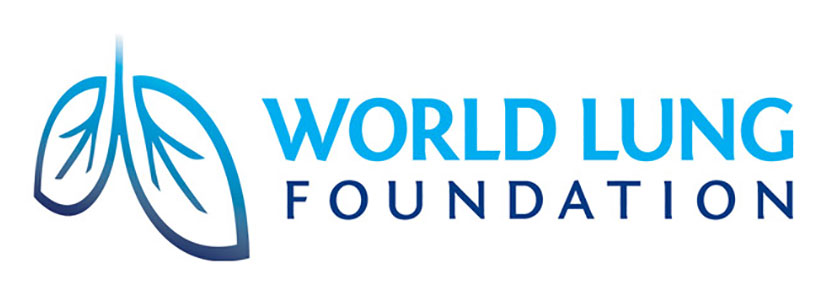What We Do
World Lung Foundation was established in 2004 in response to the global epidemic of lung disease, which kills 10 million people each year. Our efforts are focused in low- and middle-income countries, where lung diseases take their greatest toll. We provide groundbreaking programs and services that result in improved capacity to fight all forms of lung disease. The organization’s areas of emphasis include tobacco control, indoor air pollution, tuberculosis, and acute respiratory infections. The organization also works on maternal and infant mortality reduction initiatives.
Our work is centered on providing assistance to governments and non-government organizations as they establish their own knowledge, experience and infrastructure to deliver high-quality public health services. We seek to improve global health by improving local health capacity, by supporting operational research, by developing public policy and by delivering public education.
World Lung Foundation supports projects in four priority areas.
Priority Areas
1. Health Communications
WLF influences health behavior through targeted communications campaigns that respect local conditions and culture. To date the organization has spearheaded tobacco control communications initiatives in nearly 30 countries.
2. Capacity Building
Powerful and enduring public health interventions require communities to have a strong health infrastructure and the tools to be self-sufficient. WLF has helped make that possible with support to build new operating rooms in Tanzania, and by establishing international tobacco control country offices across the world.
3. Project Management
To meet their goals, lung health projects demand detailed planning, flexible implementation, and careful allocation of resources. WLF provides management guidance that promotes accountability and builds in-country capacity, enabling its partners eventually to manage their own projects.
4. Operational Research
WLF supports lung health research to strengthen clinical practice and guide sound policy. Its studies have broadened the evidence base for action. We do this in many ways, from identifying effective ways to administer TB therapy to analyzing tobacco taxation policies.
Lung Health Areas
Our focus is on the drivers and diseases that affect lung health: Tobacco, indoor air pollution and tuberculosis (TB). WLF also concentrates on child and maternal health in Africa.
Tobacco control
Tobacco use kills more than six million people each year, making it the world’s leading preventable cause of death. An estimated one billion people will perish in the 21st century—most of them in the developing world—unless effective tobacco control measures are implemented quickly and aggressively.
Indoor air pollution
Acute respiratory infections (ARIs) are the leading global killer of children under five, with pneumonia alone responsible for almost 1.6 million deaths annually. Principally a disease of poverty, deadly ARIs most often occur where people are malnourished, where families cook with wood and other solid fuels, and where overcrowded living conditions are the norm.
Tuberculosis
One-third of the world’s population is infected with tuberculosis, two million people die from the disease every year, and drug-resistant TB, which raises the per-person cost of therapy from as little as US $20 to US $5,000, is on the rise. Early detection and directly observed therapy, short course (DOTS) offer the greatest hope for curbing this epidemic.
